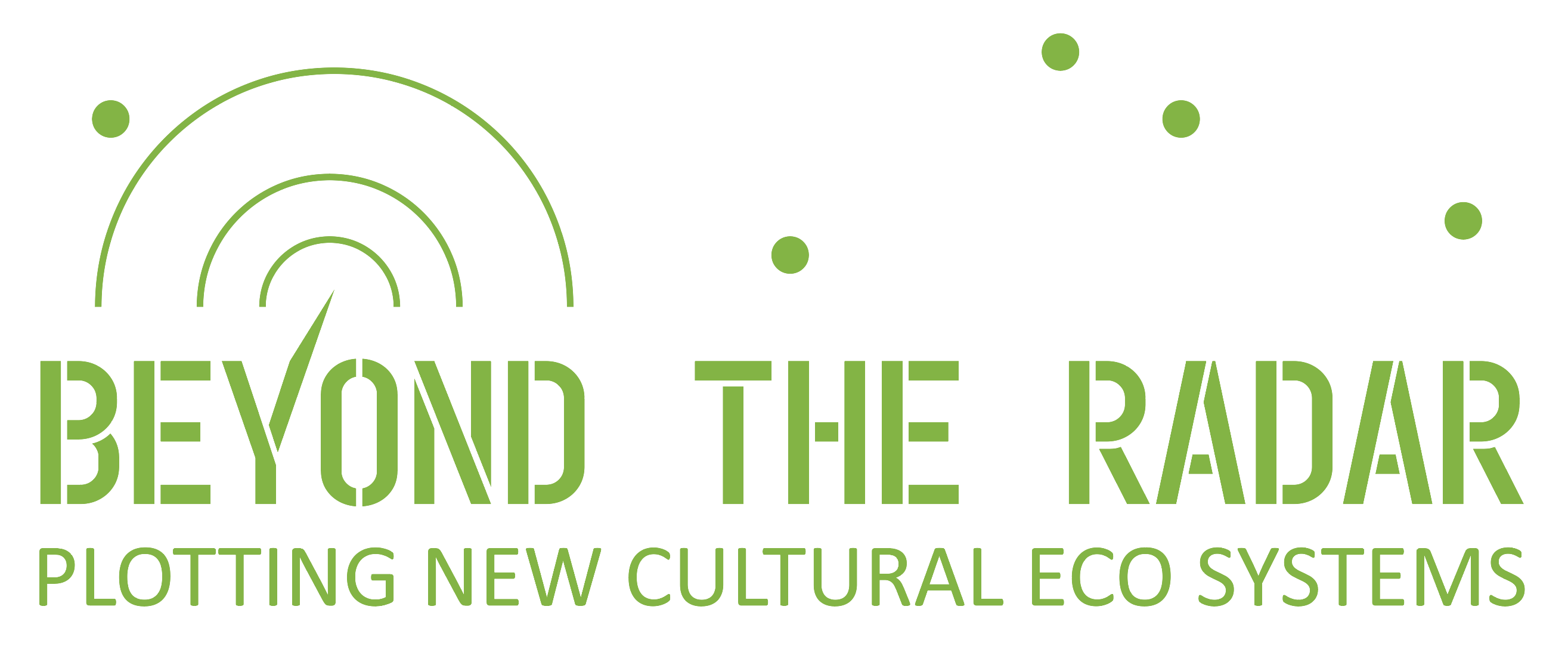For one of the early workshops, we asked participants to create avatars for themselves, encouraging them to be as creative and imaginative as possible. We find that often you come up with the best ideas when you are required to think outside of the box and let go of notions of how things should be done.
Avatars are icons or figures that represent you as a person. An avatar embodies certain qualities that you have, or perhaps qualities that you wish to have. For the Mpumalanga group, we asked them to create superhero avatars for themselves, and we asked the Northern Cape group to imagine fantastical or hybrid plants and trees as their avatars. Both groups were required to use metaphor to explain specific qualities, for example a thorny plant could represent a strong person, or special goggles could represent the ability to see into the future.
We explained that their avatars should be descriptive of who they are, their environment, and their strengths and weaknesses. This was also an exercise in focusing on the personal and emotive side of participants and their projects.
Once each avatar was defined, we asked the Mpumalanga participants to choose a ‘side kick’ from the group, someone whose skills or qualities would complement their own, and who they could form a strong team with. For the Northern Cape group, we asked them to consider their plant avatars in terms of their wider eco systems – what is the condition of the soil? Is there enough light and water? How do you grow in relation to the other plants?
This was in aid of developing rapport amongst the group, and to highlight the importance of working collaboratively and recognising areas that you can develop by learning from someone else.
We found that some participants struggled with this exercise, because they were not used to thinking metaphorically or describing themselves in abstract terms. For example, some participants from the Northern Cape described their favourite plants in specific detail, but were unable to link that information to the context of the project.
Below is a list of each participants avatar and their explanations:

Amanda’s avatar represents her love for music, and how it can change the atmosphere of a space into something good and harmonious. She has also depicted herself with long hair, as it states in the Bible, there is power and wisdom in hair, so her hair goes all the way down to the earth. The music and hair are both healers for the earth.

Bonny K’s avatar represents his skill as a sewer and tailor, and his love for African printed fabric.




Terrence’s avatar is surrounded by a number of objects that represent him and his life. the story book represents the reading classes that they have at his organisation. His community is painted on a canvas, where students are trying to grab a light bulb; this shows him as an artist and an arts facilitator, sharing skills with his community. The butterfly wings demonstrate his passion for art.
His avatar has a symbol on her chest that represents unity and humanity.


